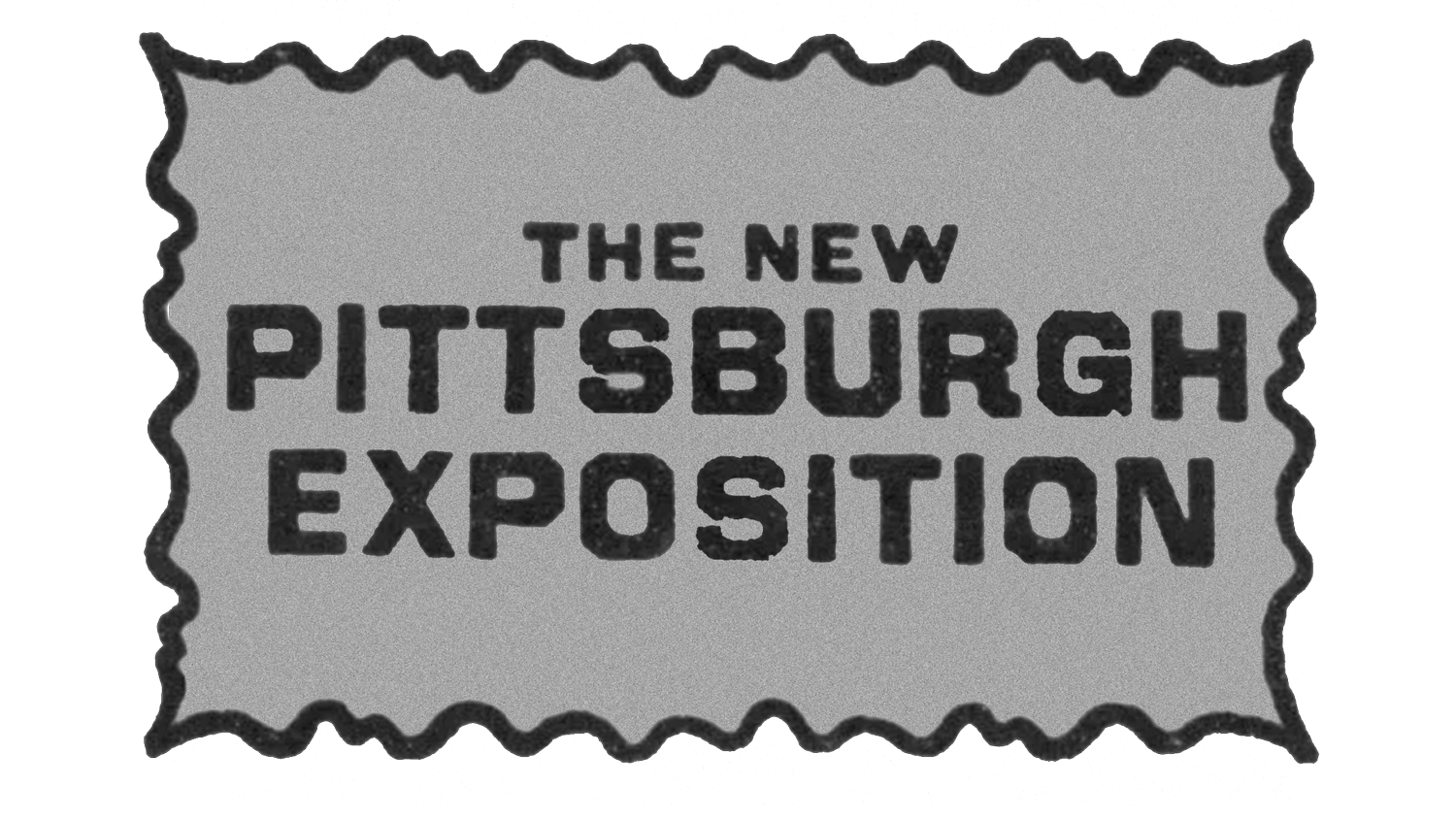Westinghouse Air Brake Company General Office Building
By Leepaxton at en.wikipedia, CC BY-SA 4.0
Location:
325 Commerce St, Wilmerding, PA 15148
Description:
The Westinghouse Air Brake Company General Office Building, often referred to as “the Castle” or “Library Hall,” is a commanding example of Renaissance Revival and Romanesque architecture located in Wilmerding, Pennsylvania. Designed by renowned Pittsburgh architect Frederick J. Osterling and completed in 1890, the structure was built using Indiana limestone atop a solid brick, stone, and cement foundation. Its most prominent feature is a grand four-sided clock tower, which crowns the building’s steeply pitched roof and ornate turrets, evoking the grandeur of a European chateau.
Following a devastating fire in 1896 that destroyed the original structure, Osterling rebuilt the headquarters on the same foundation, enhancing it with even more architectural flourish, including the now-iconic clock tower. The five-story, 55,000-square-foot building was not just an administrative center—it reflected George Westinghouse’s progressive philosophy toward worker welfare. It included a library, gymnasium, swimming pool, restaurant, and even bowling alleys—an extraordinary array of amenities for employees at the time.
In 1927, the building was expanded by the architectural firm Janssen & Cocken, who added an Executive Wing containing formal dining rooms, conference areas, and additional offices. Inside, the building boasted opulent finishes, including marble floors, brass fixtures, carved fireplaces, and intricate oak woodwork. Notably, the executive dining room featured twelve-foot-tall hand-carved linen-fold oak doors.
More than just a corporate office, the building played a central role in the identity of Wilmerding as a planned industrial town. It anchored the operations of the Westinghouse Air Brake Company for nearly a century and supported a surrounding infrastructure of worker housing and civic amenities. After being vacated in 1985, the building later served as a museum honoring George Westinghouse’s legacy from 2006 to 2016. Although currently unused, it has been considered for adaptive reuse, including as a boutique hotel or arts venue. The Castle endures as a powerful symbol of industrial-era architecture, philanthropy, and community-centered design.

